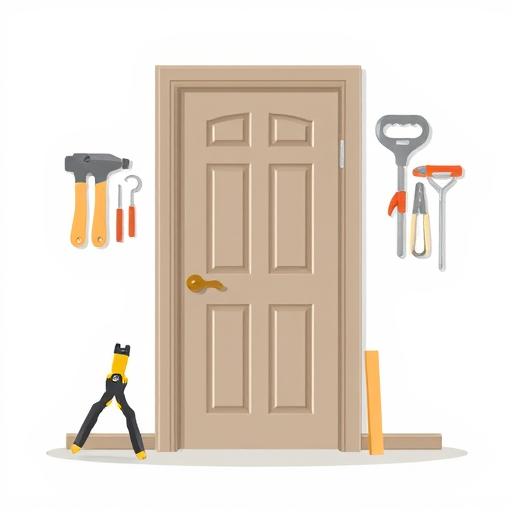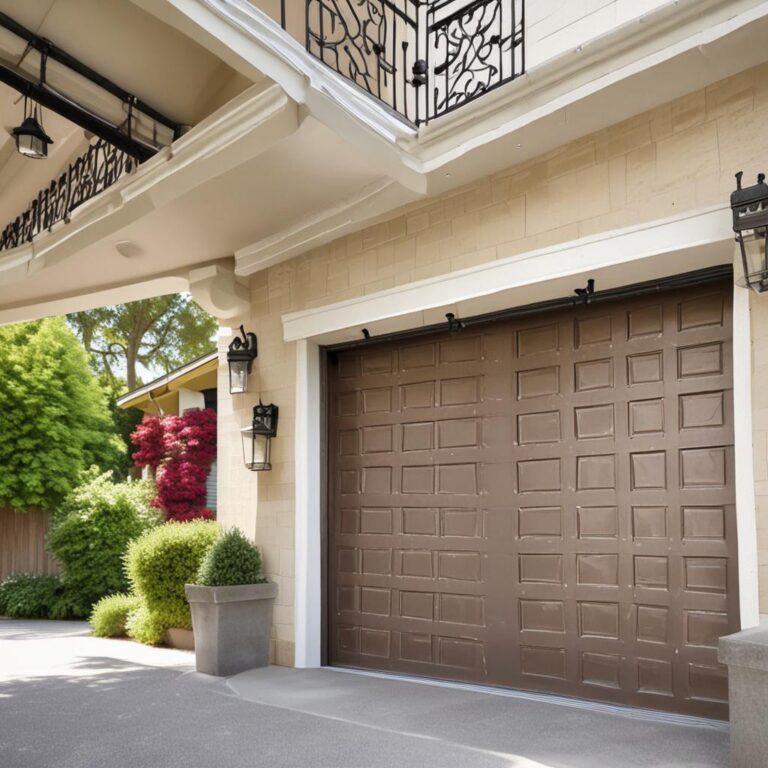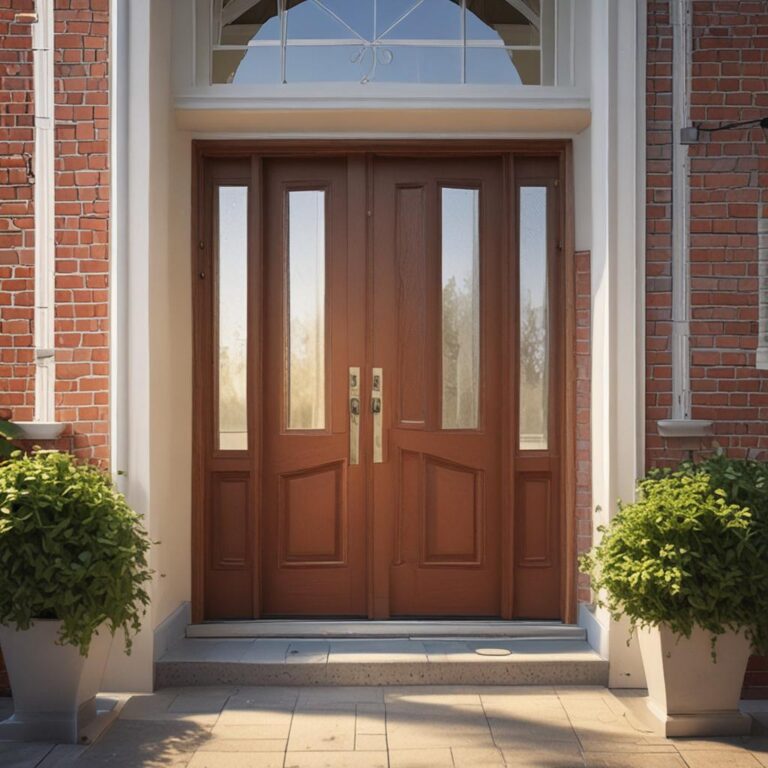How to Install a Door
Installing a door is a valuable DIY skill that can enhance the security, aesthetics, and energy efficiency of your home. Whether you’re working on new construction, replacing an old door, or upgrading your home, proper door installation is crucial. By doing it yourself, you can save money and take pride in your handiwork. In this guide, we’ll walk you through the step-by-step process of installing a door, covering everything from preparation to finishing touches.
Step-by-Step Process
Planning
Define goals and objectives
Preparation
Gather resources and tools
Execution
Implement the plan
Evaluation
Assess results and outcomes
Improvement
Make necessary adjustments
Process infographic for How to Install a Door

Tools and Materials Needed for Door Installation
Essential Tools
To get started, you’ll need the following tools:
- Measuring tape: for accurate measurements of the door and frame
- Level: to ensure the door is properly aligned and level
- Saw: for cutting the door or frame as needed
- Hammer: for tapping shims and screws into place
- Screwdriver: for driving screws
- Chisel: for removing old door frames or adjusting the new one
- Shims: for adjusting the door frame and ensuring a proper fit
- Drill: for drilling screw holes
- Utility knife: for cutting shims or other materials
Required Materials
You’ll also need the following materials:
- Door slab or pre-hung door unit: the actual door and frame
- Hinges: for attaching the door to the frame
- Screws: for securing the hinges and frame
- Door stop (trim): for finishing the door frame
- Weatherstripping: for sealing gaps and improving energy efficiency
- Paint/stain (if applicable): for finishing the door
A door slab is a basic door without a frame, while a pre-hung door unit includes the door, frame, and hinges.
Measuring and Selecting the Right Door
Choosing the Correct Door Type
When selecting a door, consider the type of door you need:
- Interior vs. exterior doors: Exterior doors require more insulation and durability
- Material differences: Wood, metal, and fiberglass doors have different benefits and drawbacks
Pre-hung doors are often easier to install, but slab doors offer more flexibility.
Measuring the Door Opening
To ensure a proper fit, measure the door opening:
- Width: measure the width of the rough opening
- Height: measure the height of the rough opening
- Depth: measure the depth of the rough opening
Account for the door frame thickness and swing direction.
Verifying Door Dimensions
Compare your measurements to the door’s specifications:
- Check for accuracy: ensure the door fits the opening
- Adjust as needed: make adjustments for pre-hung doors
Preparing the Door and Frame for Installation
Cutting and Sanding the Door Slab
If using a door slab, measure and cut it to fit:
- Measure carefully: ensure accurate cuts
- Sand edges: smooth out rough edges
Adjusting the Door Frame
Modify the frame to match the door’s size:
- Use shims: correct asymmetry in the rough opening
- Check for level: ensure the frame is properly aligned
Step-by-Step Door Installation Process
Removing the Old Door
If replacing an old door, take safety precautions:
- Remove hinges: carefully take down the old door
- Store hardware: keep hardware for future use
Positioning the New Door
Hang the pre-hung door in the rough opening:
- Use shims: stabilize the frame and ensure plumb alignment
- Check for level: ensure the door is properly aligned
Securing the Door Frame
Screw the frame into the wall studs:
- Check for square: ensure the frame is properly aligned
- Use level measurements: ensure the door is level
Installing the Door Casing
Measure and install trim around the door:
- Measure carefully: ensure accurate cuts
- Tips for a seamless finish: paint before or after installation
Adjusting and Testing the Door
Aligning the Door
Adjust hinges to ensure the door swings freely:
- Check for gaps: ensure the door fits properly
- Adjust as needed: make adjustments for proper alignment
Installing the Latch and Deadbolt
Mark and drill for hardware:
- Ensure proper alignment: align with the strike plate
- Check for smooth operation: test the door’s functionality
Testing the Door’s Functionality
Check for smooth operation and draft resistance:
- Make final adjustments: adjust as needed
Additional Considerations for a Professional Finish
Weatherstripping and Insulation
Install weatherstripping for energy efficiency:
- Types of weatherstripping: v-strip, foam, door sweeps
- Installation tips: ensure a proper seal
Finishing Touches
Add decorative hardware:
- Painting or staining: match the room’s decor
- Knobs, handles: add a finishing touch
Maintenance Tips
Regularly check for sagging or warping:
- Lubricate hinges: keep the door running smoothly
- Replace weatherstripping: maintain energy efficiency
Common Mistakes to Avoid When Installing a Door
Incorrect Measurements
Miscalculations can lead to gap issues:
- Consequences: poor fit, functionality problems
Skipping the Level Test
A crooked door leads to functionality problems:
- Why it matters: ensure proper alignment
Overlooking Door Swing Direction
Determine left-hand vs. right-hand swing:
- How to determine: ensure proper installation
Troubleshooting and Fixing Issues After Installation
Address common issues:
- Sticking doors: adjust hinges, re-shim, or replace parts
- Gaps or misaligned hardware: adjust as needed
Conclusion
In conclusion, installing a door requires attention to detail and patience. Recap key steps and emphasize the importance of proper installation. Encourage readers to take their time and double-check measurements. For complex tasks, such as masonry walls or custom doors, consider hiring a professional.
FAQ: Frequently Asked Questions About Door Installation
What tools are essential for installing a door?
- Measuring tape, level, saw, shims, screwdriver, chisel, drill, utility knife
Can I install a pre-hung door instead of a door slab?
- Yes, pre-hung doors are easier for beginners and come with a frame and hinges
How do I fix a door that doesn’t close properly?
- Adjust hinges, shimming the frame, or realigning the strike plate
What’s the best way to measure for a custom door?
- Measure rough openings and existing doors carefully
How long does it take to install a standard interior door?
- 2–4 hours, depending on experience and door type







